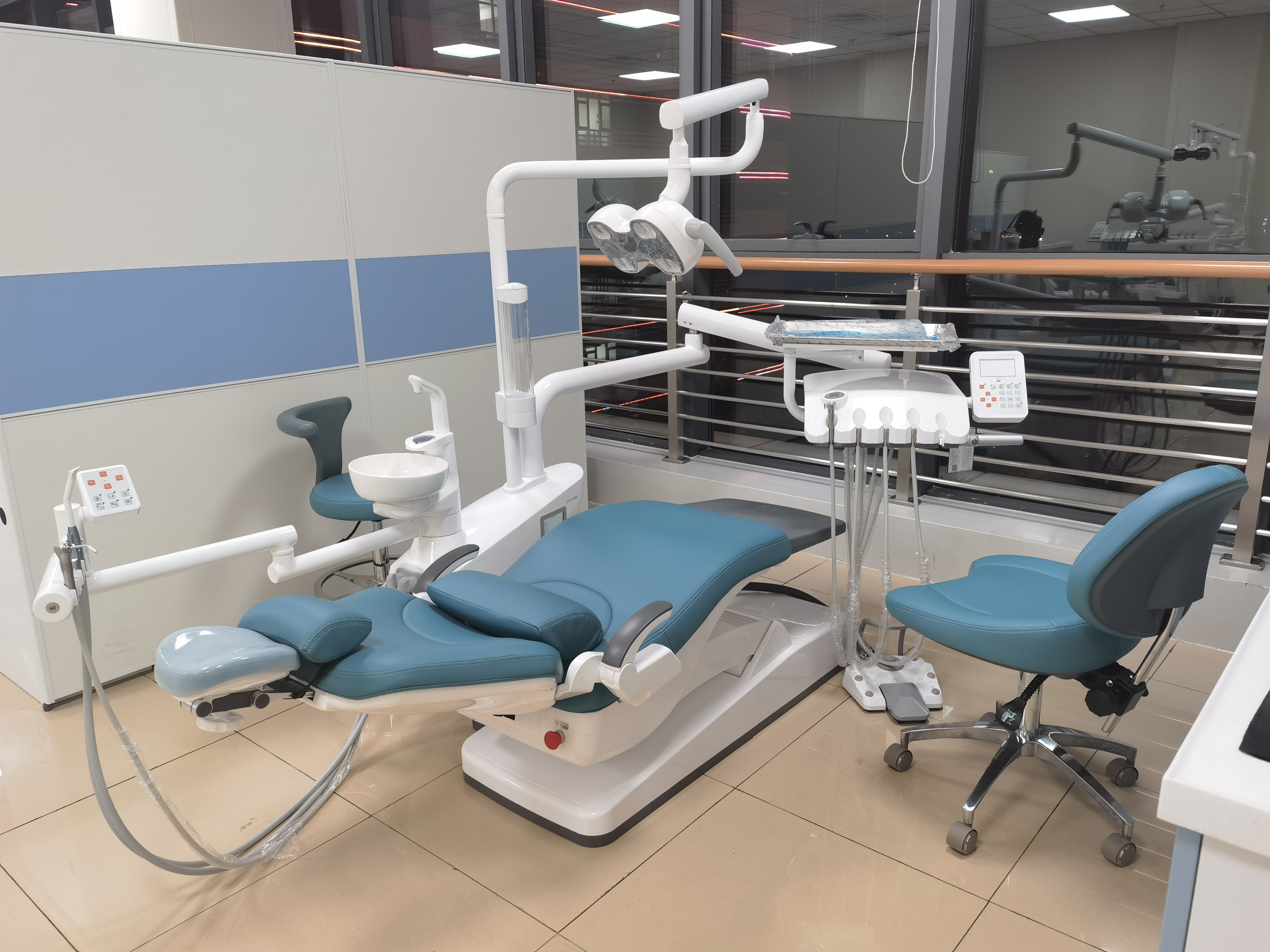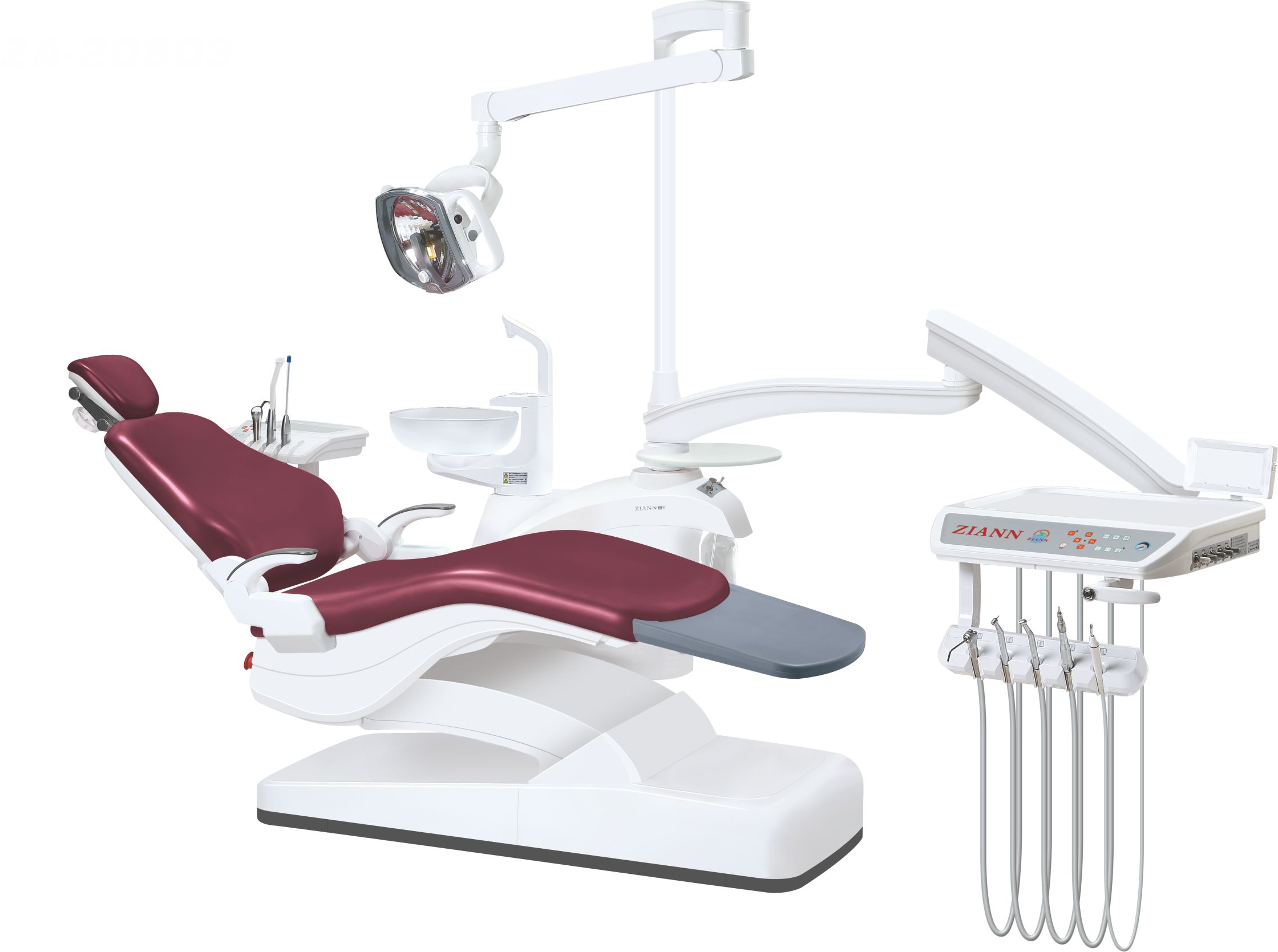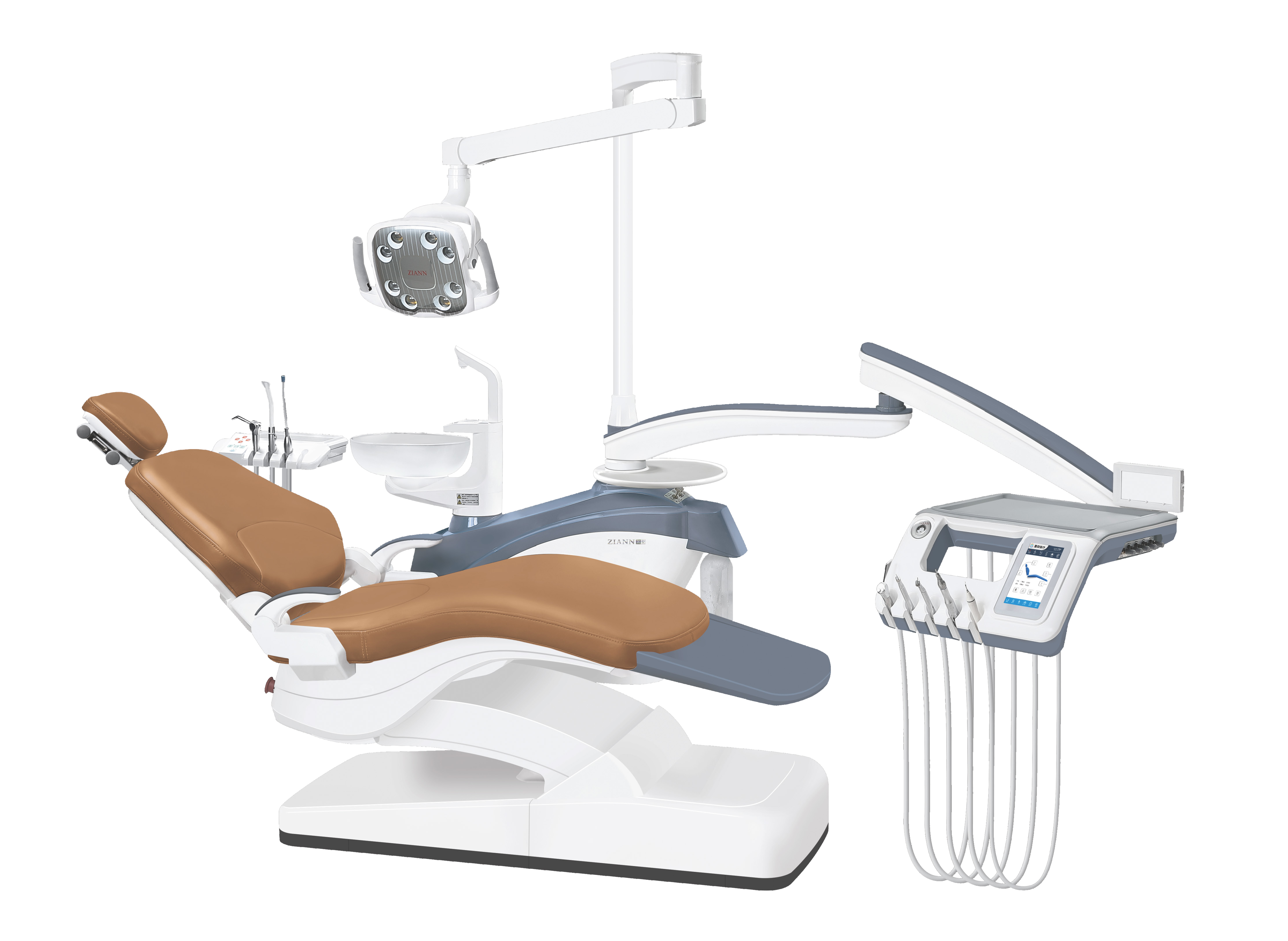Dental stools, often overlooked in the realm of dental equipment, play a pivotal role in the daily workings of a dental practice. These seemingly simple pieces of furniture wield significant influence over the ergonomics, posture, and overall workflow within a dental office. Their impact extends far beyond mere comfort; they are integral to maintaining a practitioner's health, productivity, and the quality of patient care.
What Are The Use of Dental Stool?
Dental stools serve as indispensable tools for dental professionals, offering several crucial functions that contribute to a productive and comfortable work environment:
●Mobility: These stools often come equipped with smooth-rolling casters, allowing dentists and hygienists to move freely within their workspace. This mobility is crucial during treatments, ensuring easy access to tools and equipment without unnecessary strain or interruptions.
●Adjustability: Height-adjustable features enable practitioners to align themselves perfectly with the patient and dental equipment. Whether working on different procedures or accommodating professionals of varying heights, adjustable stools provide versatility and adaptability.
●Comfort during Procedures: Dental stools with armrests offer support during intricate procedures, reducing fatigue and enhancing precision. Comfortable seating promotes focus and efficiency during complex dental tasks.
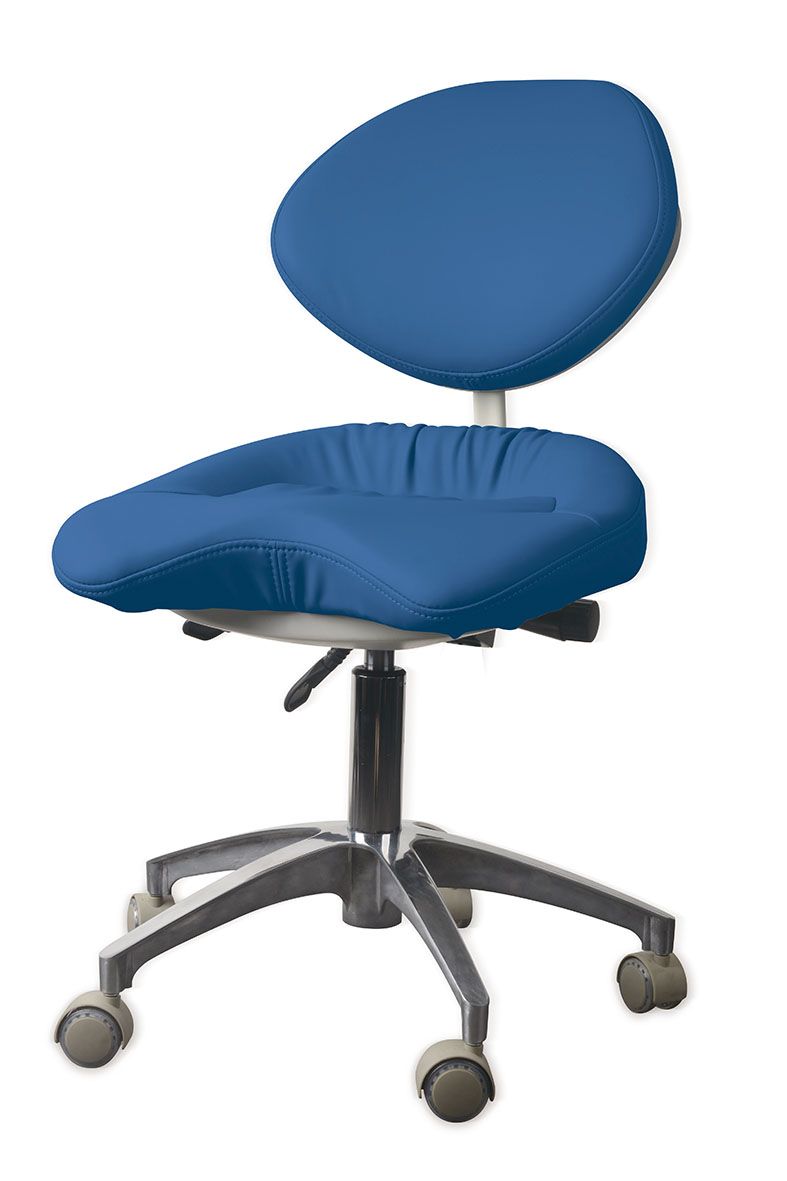
Step By Step to Choose the Right Dental Stool
Since multiple benefits are offered by dental stool, it is important to select the right dental stool. In this section, the author would guide to select the dental stool step by step.
1. Ergonomic Considerations
Ergonomics plays a pivotal role in the dental profession due to extended periods of sitting and intricate procedures. Look for stools designed to promote proper posture, with features like lumbar support, adjustable seat tilt, and a contoured seat to reduce strain on the lower back.
2. Material and Durability
Investing in a durable dental stool is essential for longevity and consistent performance. Opt for high-quality materials that withstand daily wear and tear. Stools made of robust materials like stainless steel or high-grade plastics tend to endure the rigors of a dental environment.
3. Height and Adjustability
Versatility in height adjustment is vital to accommodate different practitioners and ensure proper alignment with dental equipment. A stool with pneumatic or hydraulic height adjustment mechanisms allows seamless transitions between various working positions.
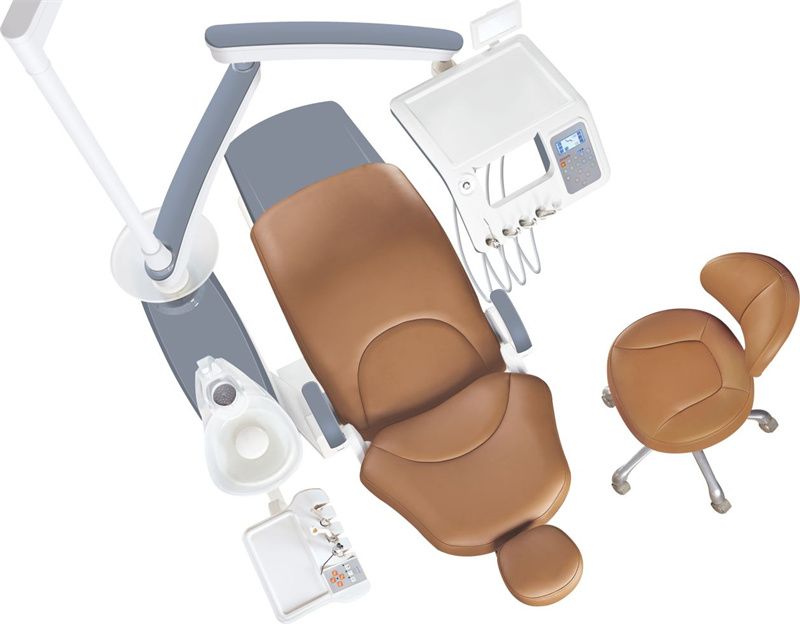
4. Mobility and Stability
Maneuverability is key in a dental setting. Choose stools equipped with smooth-rolling casters that glide effortlessly across different flooring types. However, ensure the stool's stability to prevent unexpected movements during delicate procedures.
5. Armrests and Back Support
Consider stools with adjustable armrests to provide support during intricate procedures. Additionally, a stool with adequate back support or a built-in backrest encourages proper spinal alignment and reduces fatigue.
6. Hygiene and Cleanability
Maintaining a sterile environment is crucial in dentistry. Opt for stools with seamless or easy-to-clean surfaces that resist microbial growth. Removable or wipeable cushion covers and smooth textures simplify disinfection protocols.
7. Budget Considerations
While quality shouldn't be compromised, it's essential to find a dental stool that fits within your budget constraints. Assess the long-term value of the stool in terms of durability and ergonomic features against the initial cost.
Conclusion
Finally, choosing the right dental stool involves a balance between ergonomic design, durability, functionality, and budget considerations. Prioritize comfort and functionality without overlooking essential features crucial for a sterile dental environment.
By carefully evaluating these aspects, you can select a stool that not only enhances your workspace but also contributes to your overall well-being and efficiency.
Remember, the perfect dental stool varies based on individual preferences and specific practice requirements. Test different models whenever possible to find the one that best suits your needs and maximizes your productivity.


